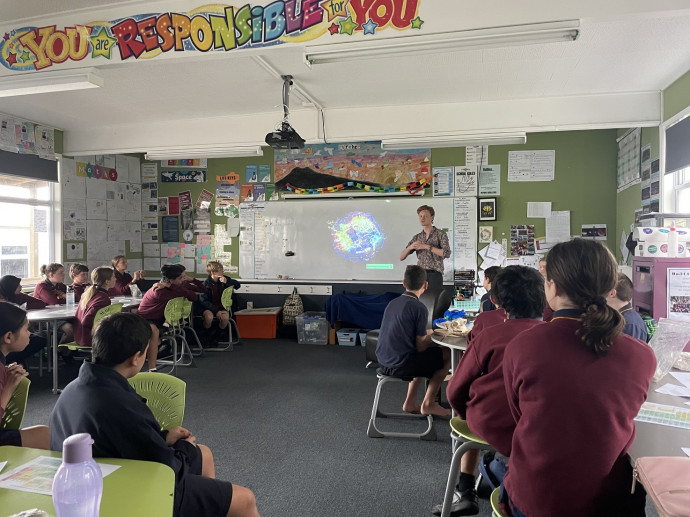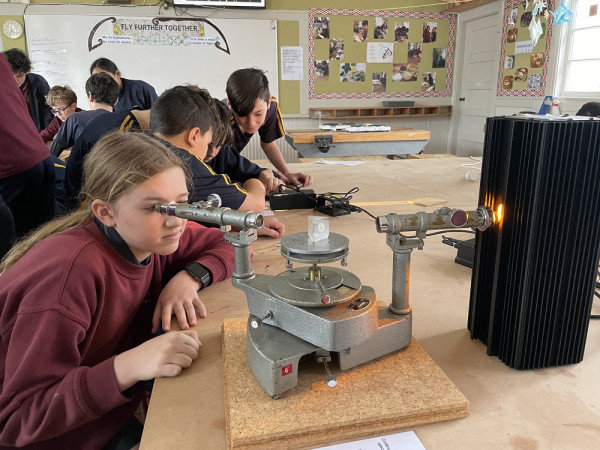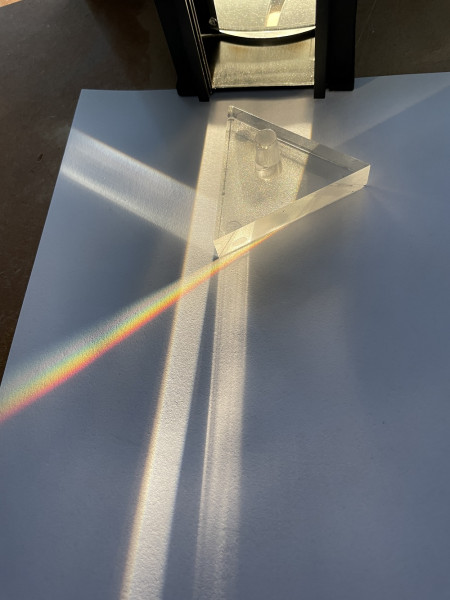Research
Published 1 September 2022Reach for the stars

Associate Professor Jan Eldridge at Waipapa Tamata Rau The University of Auckland was awarded a Marsden Fund grant in 2018 to understand the stars and galaxies associated with gravitational wave events
With her team of PhD students she has developed a school outreach programme as part of her grant. Considering concepts of mātauranga such as Māori cosmogony and taonga, Professor Eldridge's team are now actively engaging rangatahi youth in exciting, research-driven learning and skill development in science and innovation in Tāmaki Makaurau.
“Where do we come from?” Is a question that can be answered in many different ways. In astrophysics, this question prompts another: where do the elements that are needed for life to exist come from? The short answer to this question is that they come from the stars.
Using many different processes, stars make all the elements around us (except for hydrogen and helium, which were formed in the first few minutes of the Universe after the big bang). But not all stars make all the elements. Instead, different types of stars use different processes to produce specific elements. Carbon and Nitrogen, for example, are made in stars like our Sun when they become bloated red giants at the end of their lives. Elements like iron, oxygen and gold are produced by explosions from white dwarfs, massive stars, and merging neutron stars.
Asking where each element comes from allows people to form a deep connection to the Universe and the stars within it. In all cultures there are different objects and materials with significance, for example gold, pāhau whale bone, and pounamu jade. People from all cultures can link these objects and materials back to the stellar factories where they were made. The team realised they could use these connections to help people to learn about the complexities of the Universe and stars.

Kowhai Intermediate student looking at the spectroscope. Credit: Jude Hancock.
When Jude Hancock from Kōwhai Intermediate School contacted Associate Professor Eldridge about a possible project to run with her students it was an ideal way to try out this idea. The team of PhD students – Max Briel, Petra Tang, Wouter van Zeist, Sohan Ghodla and Sean Richards – volunteered to work with the students. Over three sessions and a visit to the University, they planned to teach the students about their place in the Universe, the origin of the elements, and how we observe them.
In the first session at the school, students brought along taonga an item that is precious for them. Using the periodic table and help sheets, they identified the elements of their taonga. Then they were introduced to the astrophysical origin of the elements creating a deeper understanding of their taonga and connection to the stars.
They next explored how we know what elements are out there in the Universe, by observing the elements themselves. Using element lamps, the students got to have a close look at the spectra of hydrogen and helium and were able to figure out what elements they were. This session involved one-on-one interaction with the eager students, including in-depth discussion about why elements emit specific colours instead of a rainbow.

A rainbow that is emitted when white light is shone through a prism. Credit: Jude Hancock.
After learning about the elements and observing them, the last session was planned to focus on observing stars, planets, and constellations, and how they move across the sky. Using compasses and self-made star charts, the students would be able to go home and observe the sky at night. However due to COVID-19 lockdowns in 2021, this session did not take place, so the team are now gearing up to re-run the full series of three sessions for 2022.
Despite the disruption, the team discovered that by using small groups and exploration through physical learning, they had created an exciting experience for the school students to better understand where elements come from and define their place in the Universe. Sharing knowledge within the community in this way means that the benefits can directly impact rangatahi and encourage them to reach for the stars in a world where global issues are increasingly informed by scientific research.
RESEARCHER
Jan Eldridge, Max Briel, Petra Tang, Wouter van Zeist, Sohan Ghodla and Sean Richards
ORGANISATION
The University of Auckland
FUNDING SUPPORT
Marsden Fund
CONTRACT OR PROJECT ID
UOA1818
